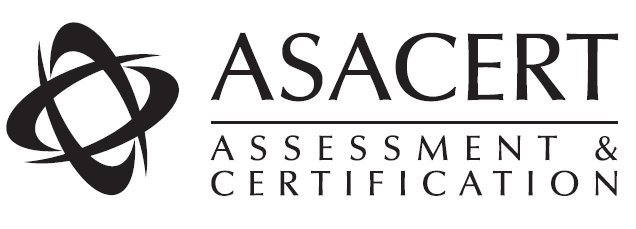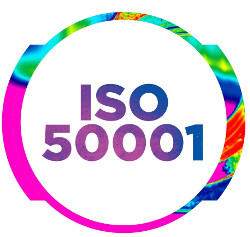The achievement of the ISO 50001 certification demonstrates the seriousness of the organisation with respect to the issues connected with the environmental impact and represents a competitive advantage in terms of competition, creating new business opportunities and helping to meet the needs of current customers and suppliers.
The structure of this standard is aligned with the structure of other system standards, such as the UNI EN ISO 9001 (Quality Management Systems) and the UNI EN ISO 14001 (Environmental Management Systems), so it can be used independently or integrated with other management systems.
Organizations approaching the Energy Management System for the first time are worried about all the changes that the adaptation to the standard may imply.
Actually, implementing an Energy Management System means to follow principles and to carry out activities that already exist, such as the consumption analysis.
Often, the implementation of the Energy Management System consists in a better arrangement of the organisation’s processes and in a detailed documents review.
The Certification ISO 50001 process begins with the System’s implementation, carried out by an internal specialist of the organisation or an external consultant.
Once the implementation is completed, ASACERT verifies the system consistency with the legislation and issues the Certificate that will be valid for 3 years and verified yearly.
The Audit taking place in the first year is carried out in two phases (Stage 1 and Stage 2) and leads to the final Certificate issue.
Within 12 months from the first certification, ASACERT carries out a Surveillance audit in order to verify that the management system is unchanged and still compliant with the standard. If any great change occurs, the Certification Body can modify the Certificate updating it to the organisation’s new situation.
Within one year from the first Surveillance Audit a second Surveillance Audit is due.
At the end of the third year, the organisation has to renew the Certificate through a specific Renewal Audit, otherwise the Certification will be no longer valid.
The timing depends on the consistency level of the Management System and on the business size.
For further information contact us.
We are happy to help you!


